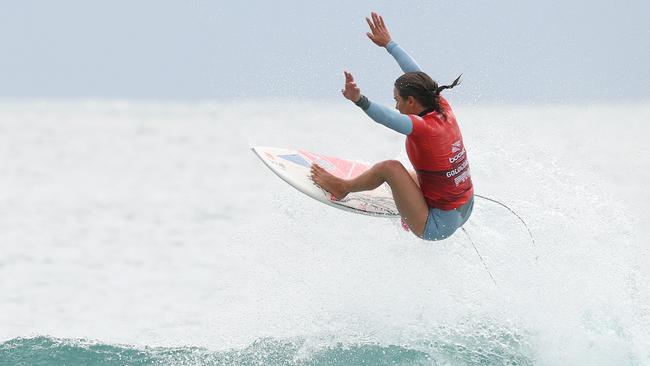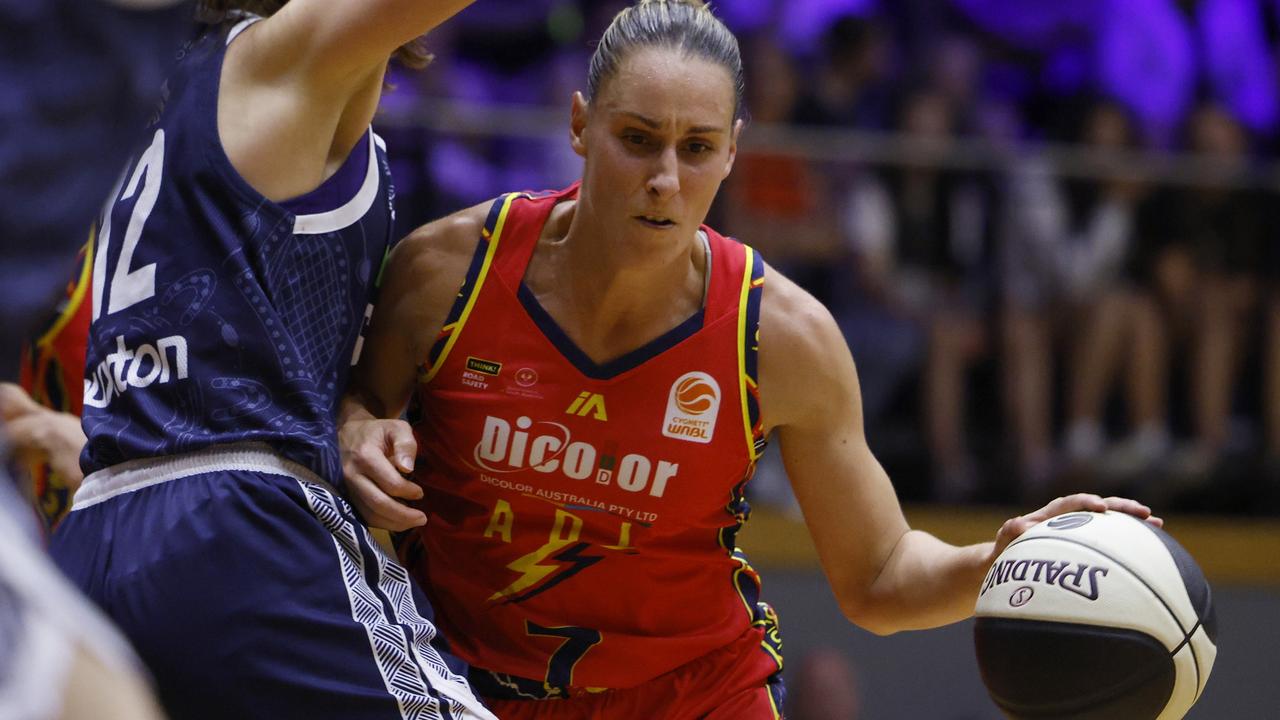What women in sport really get paid, and which sports are leading the way
There continues to be a significant gap between men’s and women’s wages in sport, but change is coming with some sports leading the way. See where women can earn a living wage.
Insight
Don't miss out on the headlines from Insight. Followed categories will be added to My News.
Of course, Sally Fitzgibbons uses a surfing analogy.
“You know when the tide goes out and all that water is just sucking out and you’re like, what’s going to happen next?” Fitzgibbons says.
She’s talking about pay parity, introduced on the World Surf League’s (WSL) championship tour in 2019 in a groundbreaking move.
The WSL became one of the few sports in the world to pay its elite men and women equally and continues to set the pace internationally, along with tennis — which pays men and women equally at the grand slams but not all events — three years ago as part of a commitment to gender equality.
“When (pay parity) was announced, it was like this big rush,” Fitzgibbons, a three-time tour runner-up, said.
“This big wave of things (happened) and I think it was just a big push, like an incoming tide, not just the drip, drip pace, it was like something was going to change significantly.
“That was a proud moment for me to be a part of a sport that decided to stand up and be a leader in that space.”
The same year, the then-Football Federation Australia (now Football Australia), inked a landmark pay parity deal in its collective bargaining agreement with the Professional Footballers’ Association (PFA) for international duties, with the Matildas and Socceroos also sharing an equal split of commercial revenues.

A year earlier, Rugby Australia ensured their men’s and women’s sevens players entered the program on the same base contracts.
Olympic gold medallist and world sevens player of the year in 2022 Charlotte Caslick said her six-figure salary allowed her to live in Bondi close to training facilities and set up her life after rugby with a cattle farm.
“The girls now that are joining the program have the same minimum wage as the men, so everyone that joins is completely equal to the boys, which is really cool,” Caslick said.
“It allows you to live more comfortably. Previously, your whole wage would just be going on rent.
“Now we’re getting paid really well, that isn’t a burden, it’s a stress that’s taken away from your day to day.”
A few years on though, little has really changed.
For all the exciting moves in women’s professional sport over the past fortnight — the historic Women’s Premier League (WPL) cricket auction, the Federal Government’s $2 million injection into the Wallaroos’ program and the NRL’s announcement of momentous pay and structural changes for its NRLW program — there continues to be a significant gap between men’s and women’s wages in sport, just as in the rest of society.
A 2019 study found the full-time gender pay gap in ‘Sports and Recreation Activities’ was 30 per cent — almost double the national average.
In addition, women make up only a fraction of board chairs and CEOs in Australian sporting organisations.
Most women have a second job, or juggle tertiary studies with their training and playing commitments to ensure they are not left behind when their playing days are over.
That’s particularly true on the domestic scene, where pay for women lags significantly behind the men.

Things are changing though and most women believe there has never been a more exciting time to be involved in sport given the myriad options they can now pursue professionally.
Caslick said Rugby Australia’s decision to pay the women the same base rate as the men (as the best player in the world, Caslick’s contract is likely to be significantly more than some of her male counterparts) allowed all athletes to concentrate on performance.
“When you want to perform as an athlete, you want your mental and physical space looked after. And I feel like financial worries is like something that stresses out a lot of people that don’t even have to then use their body as their main tool,” she said.

“The stress that you can feel when you’re under financial strain can affect your body, like cortisol levels, so I think for me, it’s just more around making my life comfortable so then my headspace is in a really good place.
“And obviously I can’t play rugby forever, so it’s allowing me to set something up for the future as well, that has been really important.
“We’ve been lucky to have that pay gap equalled, and I get paid really well, so I’ve just been able to set up other parts of my life for when I finish.”
Fitzgibbons believes women are achieving equality through performance.
Without the ability to charge into boardrooms or engage directly with the leaders of their sports, their actions on the playing fields, courts and in the water are making their arguments for them.
“You’re fighting in a different sense. There’s not many boardrooms you can show up to, there’s only maybe one surfers’ rep and there’s very limited meetings or contact with who’s running the show, so you’re fighting through your performances,” Fitzgibbons said.
“But you don’t want to put that pressure on yourself to be carrying the whole sport forward.
“I feel our generation balanced that pretty well. We did the best we could because for a lot of us, we had to work outside the tour with extra brands and lifestyle work to generate our funds to then go on tour and do the thing we absolutely love.
“In terms of fighting for that equality, I don’t know where and when we really pushed the needle but we just had to keep showing up for that.
“We did that as a group and, and we made (gaining equality) like the world title. We made that Cup that driving force and so if we all try that hard to get it, it was going to create those rivalries … and that just kept moving that ball around.”




